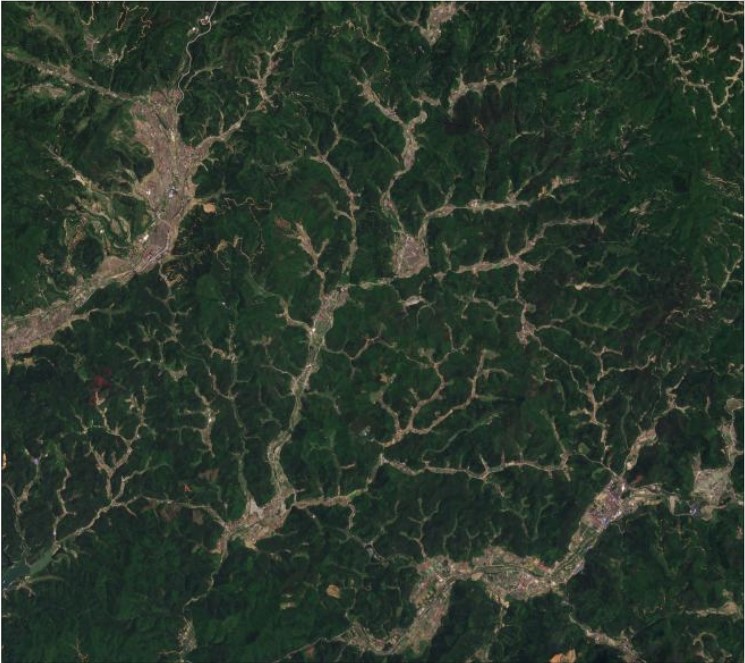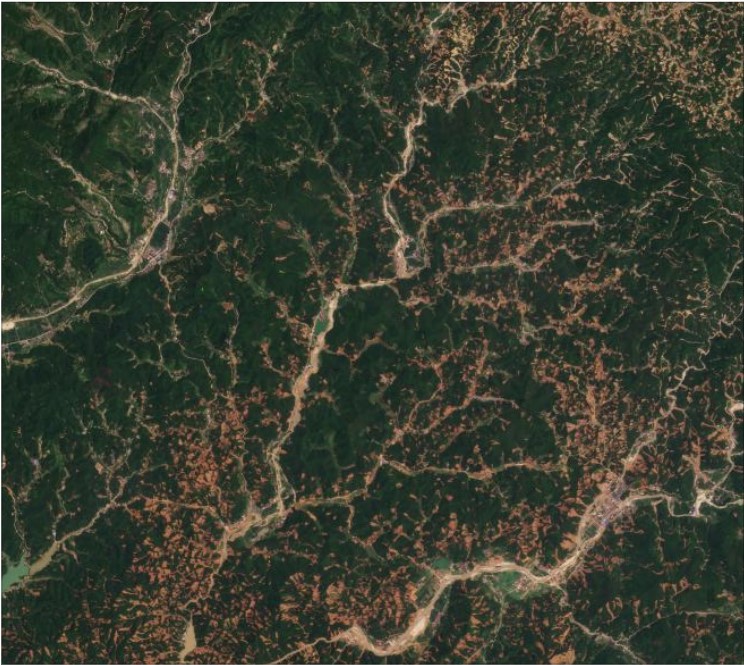The Landslide Blog is written by Dave Petley, who is widely recognized as a world leader in the study and management of landslides.
There is a really terrific article on the website of Sixth Tone that describes the aftermath of devastating landslides that struck the Zixing region of Hunan Province in China on 27-28 July 2024. The rainfall, which was brought by Typhoon Gaemi, had a devastating impact. In total, 19,513 landslides were triggered, affecting 136 villages, killing at least 50 people and displacing 128,500 more.
The article is brilliant for highlighting the horror of the events of the day, the devastating long term impact that this event has had on the local population and the massive concerns that such events are going to keep occurring as the impacts of climate change continue to escalate. One section of the article highlights the very difficult choices that the local population, and the government, are facing:-
After decades of reinforcing riverbanks, expanding drainage networks, and mapping disaster-prone zones, officials are facing a reality they can no longer ignore. The land itself is becoming unlivable.
In response, authorities have launched one of the largest relocation efforts to address the threat of disasters in Hunan’s history, aiming to move entire villages away from the mountains and floodplains.
On paper, the plan is straightforward: flood-affected families meeting the criteria receive subsidies to relocate to safer ground, either in town or the city. The government has fast-tracked the construction of resettlement apartments, with officials calling this year’s support package the most generous ever offered in Zixing.
But it’s an impossible choice. Stay and rebuild in the shadow of disaster, or leave, giving up the land their families have farmed for generations, and trade self-sufficiency for an uncertain future.
Either way, many in Zixing may have to move. Whether by choice, or by the next flood.
I have taken a look at the area affected by this extreme rainfall event using Planet imagery. Below is a satellite image, captured on 16 May 2024 of a part of the affected area (this is centred on the area around [25.9928, 113.5772] – the town on the upper left side is Qingyaozhen):-

And this is the same area after the rainstorm, in an image collected on 5 August 2024:-

And here is a slider that allows the images to be compared:-


As the image above shows, the landslides in this area are breathtaking, with huge numbers of shallow failures. It is interesting that they have occurred extensively in forested areas. In many locations they have combined to form channelised flows. In places the density of landslides is extremely high, and the infrastructure has been affected to a huge degree.
It is hard to imagine how an area that keeps being impacted by large rainstorms, with many more to come, is going to be able to cope in the long term.
This picture was replicated in multiple locations in 2024, in China and elsewhere. I wonder what the 2025 global landslide season will bring?
And this highlights, of course, why the recent decisions of both the UK and the US governments to cut their aid budgets is catastrophically wrong.
Reference
Planet Team. 2025. Planet Application Program Interface: In Space for Life on Earth. San Francisco, CA. https://www.planet.com/

